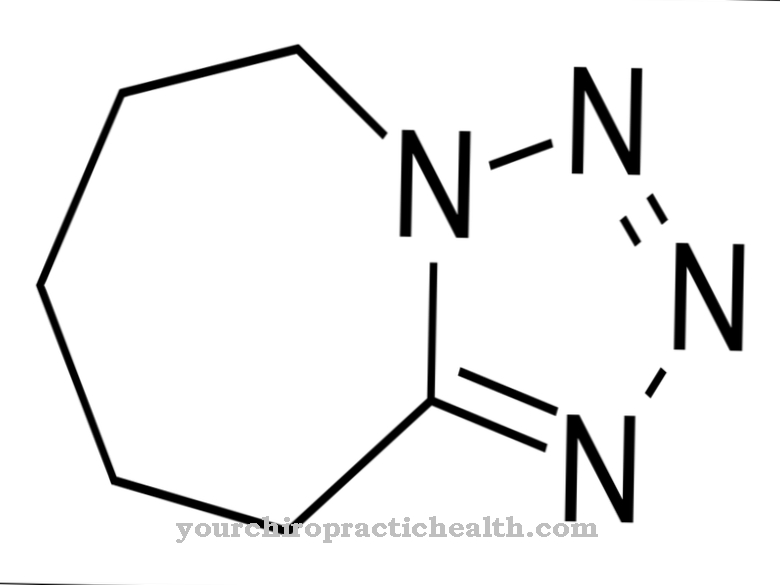Under the term of Aminoglycosides various antibiotics are grouped together, which are used to treat bacterial infectious diseases. Typically, aminoglycosides are given by injection, either intravenously or intramuscularly, but eye and ear drops are common, as are creams.
What are aminoglycosides?

A large group of antibiotics is known as aminoglycosides. Ten out of one hundred doctors in Germany use them to treat bacterial infections. They are rarely available as tablets and are much more commonly given by injections.
With the exception of two special side effects, aminoglycosides are considered tolerable due to their very short residence time in the body and are therefore very often prescribed. The areas of application range from slight infections of the respiratory tract to inflammation of the meninges.
Pharmacological effect
Since the aminoglycosides are antibiotics, these preparations do not act directly on individual organs. Instead, they attack the bacteria 's ribosomes. There aminoglycosides try to intervene in the protein synthesis of the bacteria.
It is inhibited by the preparation and proteins are formed which the infected bacterium cannot use to survive or reproduce.The metabolism within the bacteria is completely prevented by aminoglycosides, which over a short period of time leads to the so-called bactericide, i.e. the death of the affected bacteria. Once active, aminoglycosides are naturally excreted in the urine.
However, the administration of aminoglycosides can have a relatively high frequency of negative effects on the kidneys and also on the hearing. These undesirable side effects occur in particular when administered intravenously or intramuscularly. Should a malfunction of these organs occur during the treatment, it is important to consult a doctor immediately, as this damage cannot be repaired by aminoglycosides.
Medical application & use
Aminoglycosides, such as amikacin, gentamicin, tobramycin and various other preparations, can be used against a variety of diseases associated with infected bacteria. The only exception to this rule is usually in the case of streptococci, against which a special antibiotic, streptomycin, is used.
The typical fields of application of aminoglycosides include, for example, an infection of the respiratory tract and also of the abdominal cavity. In the case of peritonitis, aminoglycosides are a commonly prescribed remedy to quickly combat the cause and symptoms. Some aminoglycosides are also helpful for burns. Mild to moderate meningitis and endocarditis can be treated with aminoglycosides.
If septic infections of the kidneys or other areas of the genitourinary system have occurred, aminoglycosides are a reliable solution. Due to the possible damage to the kidneys or hearing organs, aminoglycosides are not used for off-label applications.
Furthermore, aminoglycosides must not be used in the treatment of newborns and if there is already hypersensitivity to antibiotics with aminoglycosides as the active ingredient, as the exact effect in these cases cannot be foreseen. Even during pregnancy, aminoglycosides are not prescribed out of consideration for the child.
Risks & side effects
As already mentioned, aminoglycosides can damage the kidneys and auditory organs in particular. These are the most common side effects that can be observed among the various aminoglycosides.
Furthermore, drugs of this type can cause temporary disorders of the gastrointestinal tract, including in particular nausea and a feeling of fullness. As a result of these symptoms, vomiting is also one of the risks of aminoglycosides. Headaches and breathing problems are also associated with aminoglycosides in a few cases.
Cramps and muscle twitching are relatively rare. At the same time, however, interactions with other drugs are known which can increase the side effects of aminoglycosides. These include, for example, muscle relaxants which, thanks to aminoglycosides, show a significantly increased effect that goes beyond the desired level. In the case of most aminoglycosides, cytostatics with platinum content are also responsible for the aforementioned impairment of hearing.



























